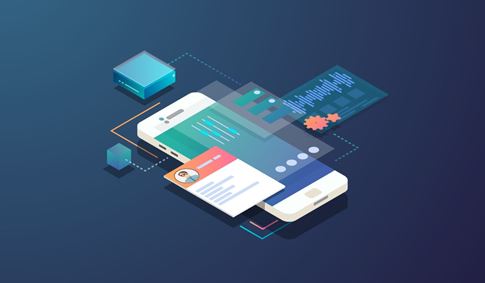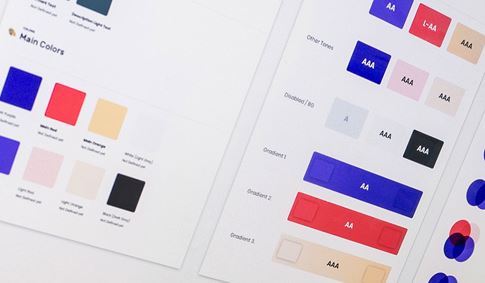In the complex world of software development, creating applications that are not only functional but also consistent, intuitive, and accessible across a multitude of use cases and contexts is a significant challenge. This is particularly true for organizations developing a wide range of products or contributing to a diverse ecosystem of applications. Addressing this need for uniformity and usability is the core mission of PatternFly, an open-source design system meticulously crafted to provide the foundation for building better user experiences.
PatternFly distinguishes itself as an open-source design system, a characteristic that profoundly influences its development, adoption, and impact. Being open-source means that its codebase, documentation, and resources are freely available for anyone to use, inspect, modify, and contribute to. This fosters a collaborative environment where a community of designers and developers can collectively enhance the system, ensuring it remains up-to-date with the latest design trends, technological advancements, and accessibility standards. This open nature also promotes wider adoption, as organizations can leverage PatternFly without proprietary restrictions, driving consistency not just within a single company but potentially across an entire industry or domain.
The primary objective of PatternFly is to enable consistency and usability across a wide range of applications and use cases. This speaks to the system's ambition to be a versatile and adaptable framework, capable of supporting the development of diverse applications, from complex enterprise software to simpler web tools. Consistency is achieved by providing a standardized set of design elements, components, and patterns. This ensures that regardless of the specific application, users encounter familiar interface elements and interaction patterns, reducing the learning curve and improving overall efficiency. Usability is embedded in PatternFly's design principles and the careful crafting of its components, aiming to create interfaces that are intuitive, efficient, and accessible to a broad spectrum of users.
To achieve these goals, PatternFly provides clear standards, guidance, and tools. The "standards" define the foundational elements of the design system, including principles for typography, color palettes, spacing, and layout. These standards serve as the bedrock upon which all design decisions are made, ensuring a cohesive visual language. The "guidance" offered by PatternFly comes in various forms, including detailed documentation on how to use components correctly, best practices for designing user flows, and recommendations for ensuring accessibility. This guidance is crucial for designers and developers to effectively apply the design system to their specific projects while maintaining alignment with the system's overarching principles.
The "tools" provided by PatternFly further empower designers and developers. These typically include
reusable code components built with popular front-end frameworks, design assets like icons and templates, and potentially tools for prototyping and documentation. These resources accelerate the development process significantly. Designers can quickly assemble mockups using pre-built components, and developers can implement interfaces rapidly by
leveraging ready-to-use code. This not only speeds up the development cycle but also minimizes the risk of inconsistencies that can arise when teams build similar components from scratch.
The emphasis on helping designers and developers work together more efficiently is a critical aspect of PatternFly. Design systems inherently bridge the gap between these two disciplines by providing a shared language and a single source of truth. PatternFly's clear documentation and
reusable components facilitate smoother collaboration, reducing misunderstandings and handoff issues. Designers can hand off specifications with confidence, knowing that developers have the resources and guidance to implement the design accurately. This improved collaboration leads to a more streamlined workflow and ultimately contributes to building better user experiences.
By providing a comprehensive and accessible design system, PatternFly empowers teams to build better user experiences. Consistency reduces user confusion and improves learnability. Usability ensures that applications are efficient and effective for users to achieve their goals. The focus on accessibility within PatternFly's standards and guidance helps create inclusive experiences that cater to the needs of a wider audience.
In conclusion, PatternFly stands as a robust open-source design system that plays a vital role in enabling consistency and usability across a diverse landscape of applications and use cases. Through its clear standards, comprehensive guidance, and practical tools, it empowers designers and developers to collaborate more effectively and build higher-quality user experiences. Its open-source nature fosters a vibrant community and promotes widespread adoption, making PatternFly a significant contributor to the creation of more coherent, usable, and accessible digital interfaces in the software world.





